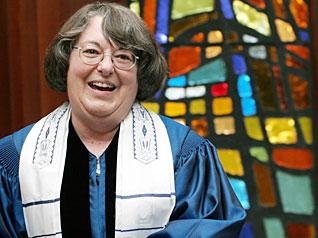This day in Jewish history
The timing of the vote was not coincidental: The seminary had waited until after the death of Rabbi Saul Lieberman, one of its most respected scholars of Talmud, on March 23, 1983. Lieberman had a conservative (with a small “c”) view of halakha, and resisted all efforts to equalize the roles of women in Conservative Judaism with those of men. After the vote, a number of Lieberman’s former students and followers, led by Rabbi David Weiss Halivni, withdrew from the seminary and formed the Union for Traditional Conservative Judaism, which later dropped the word “Conservative” from its name.
In September 1984, the seminary accepted its first women – 23 of them – as rabbinical students. The first woman to be ordained and admitted to the Rabbinical Council was Amy Eilberg, in 1985, who was followed into the RCA by two women who had received their ordination at the Hebrew Union College, Beverly Magidson and Jan Kaufman.
Women were only admitted to the cantors’ program at the Jewish Theological Seminary in 1990. Conservative synagogues in the U.S. have the option to make their services fully egalitarian, but are not obligated to do so. Today, some 80 percent of congregations count women in a minyan.
By David B. Green

